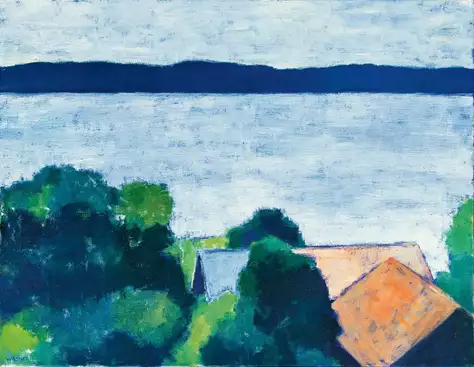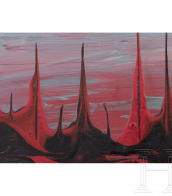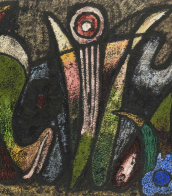rahmen (133
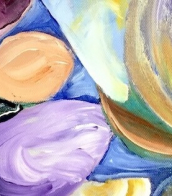

Adolf Hartmann was a German painter. On October 29, 1918, at the age of 18, he began his studies at the Academy of Fine Arts in Munich with Angelo Jank and later continued at the Academy of Fine Arts in Berlin with Gustav Boese. From 1924 Hartmann worked as a freelance artist. His exhibition activity began as early as 1919, when he took part in an exhibition in the Glass Palace in Munich, where he has exhibited regularly ever since. Adolf Hartmann was a professor at the Academy of Fine Arts in Berlin from 1948 to 1962. Hartmann was a member of numerous artist associations, e.g. of the New Group, of which he was also President for a time. Adolf Hartmann was a member of the Munich Secession and the jury-free as well as an honorary member of the Rhenish Secession.


Johann Heinrich Tischbein the Elder, known as the Kasseler Tischbein, was one of the most respected European painters in the 18th century and an important member of the Tischbein family of German painters, which spanned three generations.
His work consisted primarily of portraits of the nobility, mythological scenes, and historical paintings. For his mythology paintings his models were mostly members of the upper nobility.


Emil Schumacher was a German painter. He was an important representative of abstract expressionism in post-war Germany.
In 2009 the Kunstquartier Hagen was inaugurated combining the Karl Ernst Osthaus-Museum Hagen as well as the newly built Emil Schumacher Museum in one Museum complex.

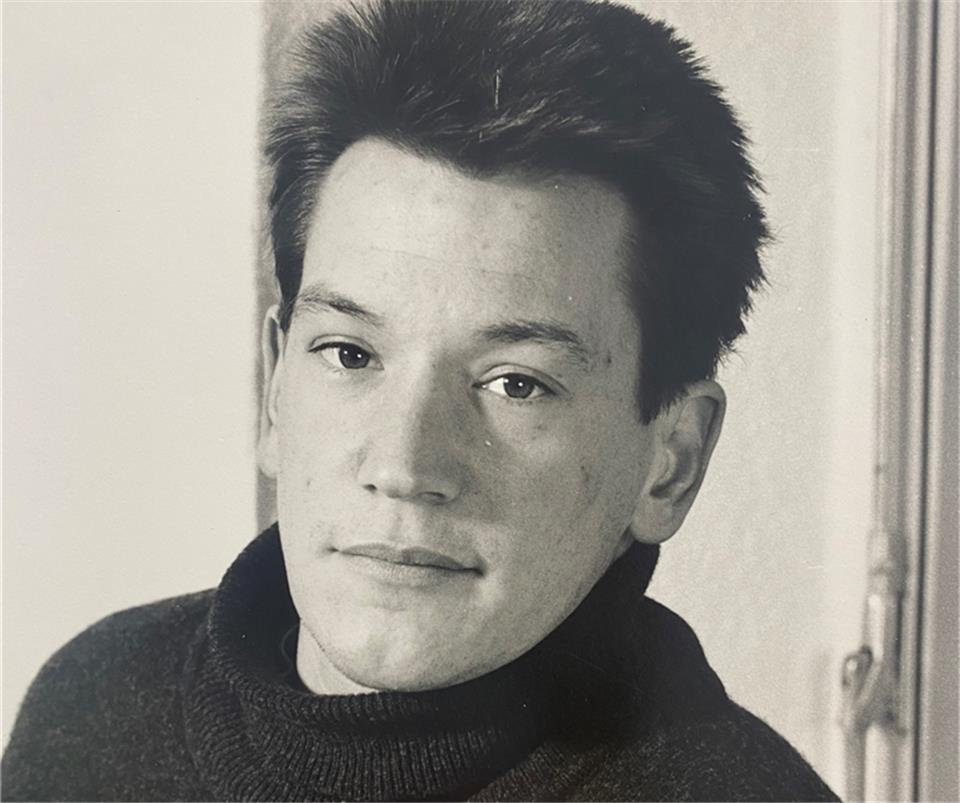
Matthias Kunkler was a German painter and sculptor, son of the artist Hermann Kunkler.
His main material was paper, with which he created entire spaces of color. The artist worked with large quantities of paper of varying quality, which he dyed and created collages, sculptures and relief objects from it.
Matthias Kunkler died at the age of 40, but left a vast creative legacy. In just a few years of intense creative work he created many hundreds of works.



































